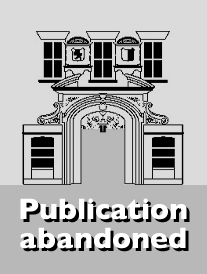We are now closed for the Christmas and New Year period, returning on Monday 5th January 2026. Orders placed during this time will be processed upon our return on 5th January.

Safety from False Convictions is the first book to develop a comprehensive modern safety theory for the criminal justice system, akin to safety mechanisms broadly accepted in space, aviation, engineering, transportation, and other areas.
In this book, Professor Sangero identifies the criminal justice system as a "Safety-Critical System", an area that deals with matters of life and death, and where any error is likely to cause grave and irreparable harm to both the individual and society. This book expands on Professor Sangero's seminal article A Safety Doctrine for the Criminal Justice System (with co-author Mordechai Halpert), to develop a modern safety theory and explore ways to reduce the incidence of false convictions in the criminal justice system.
Safety from False Convictions explains why implementing safety in criminal law is necessary, both morally and economically, and provides specific safety rules for certain types of evidence and criminal law procedures. Professor Sangero's specific proposals include a blueprint for implementing the crucial "Identify-Analyze-Control" method that uses Nancy Leveson's STAMP ("System-Theoretic Accident Model and Processes"). He also formulates safety rules for inculpatory evidence and criminal procedures.